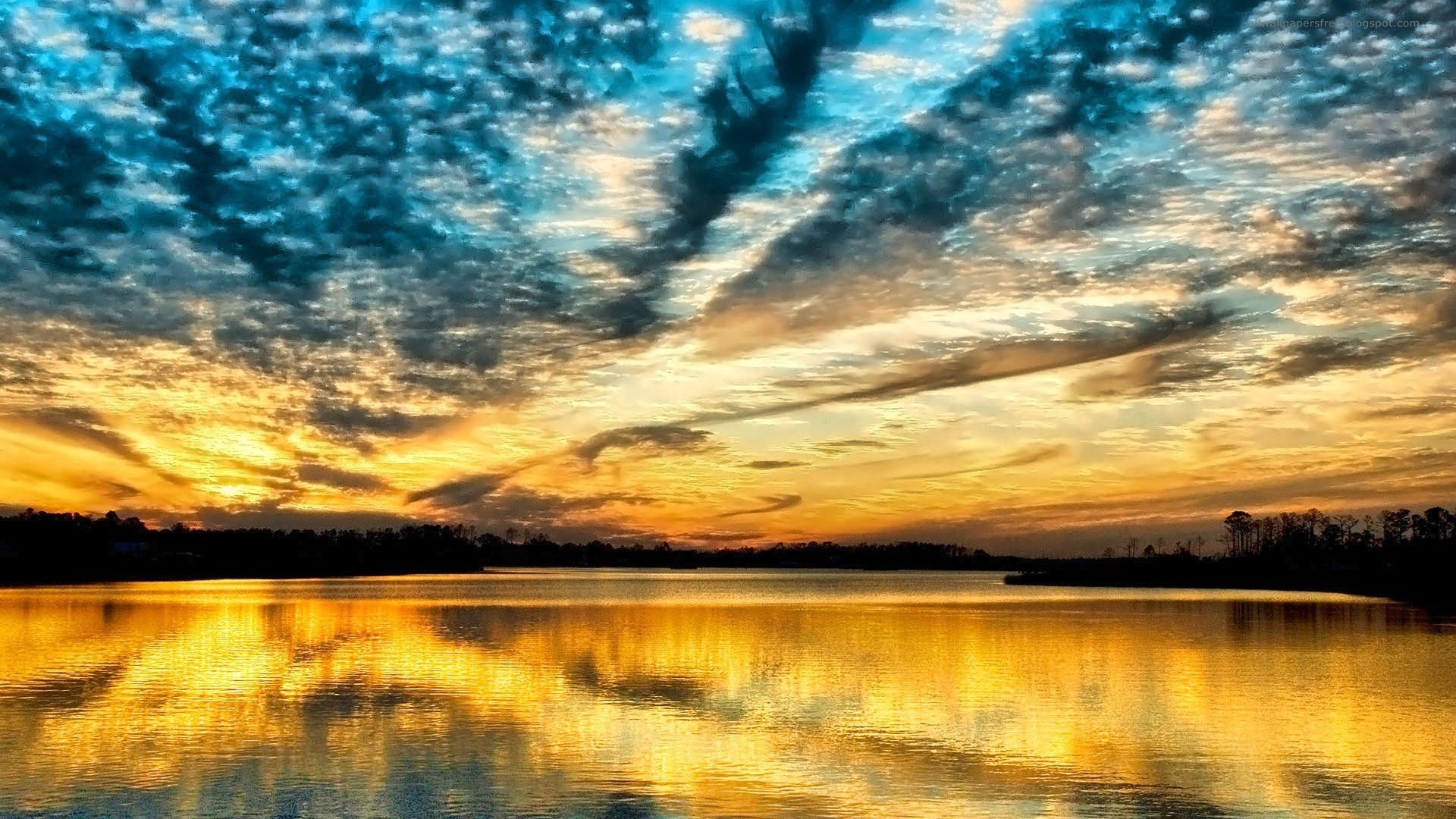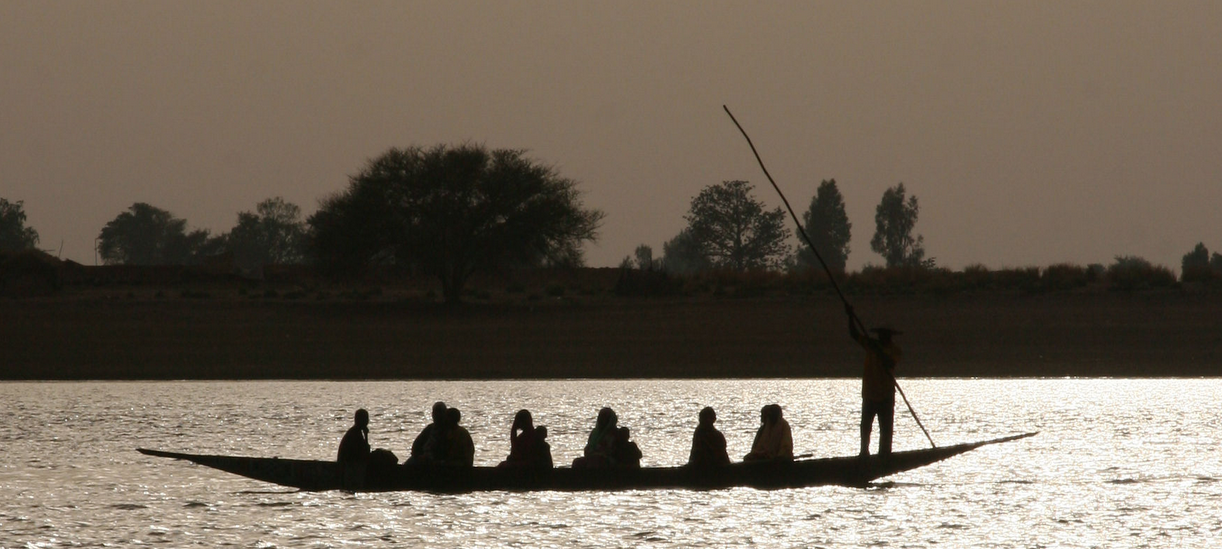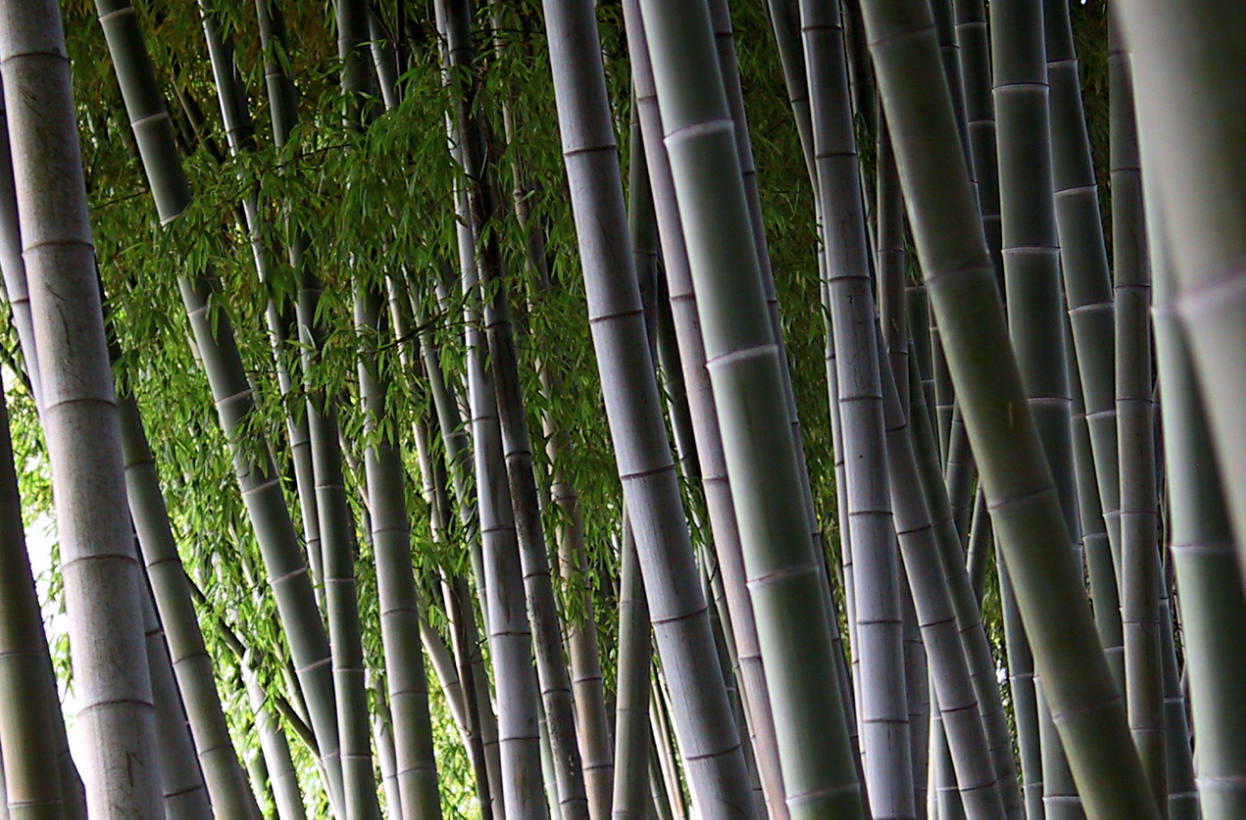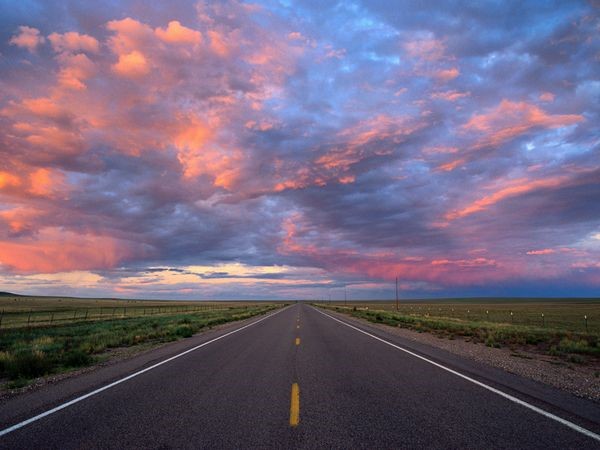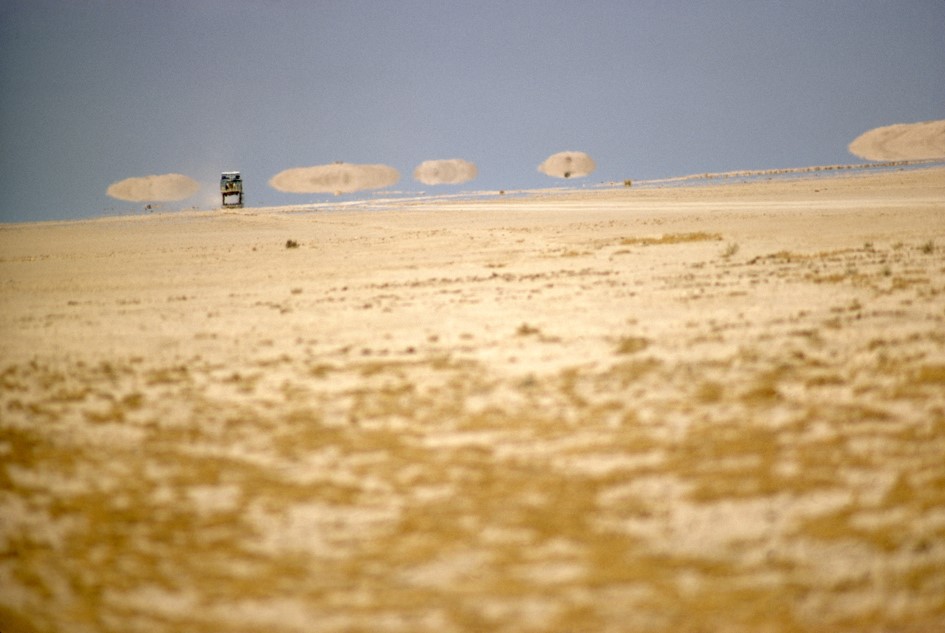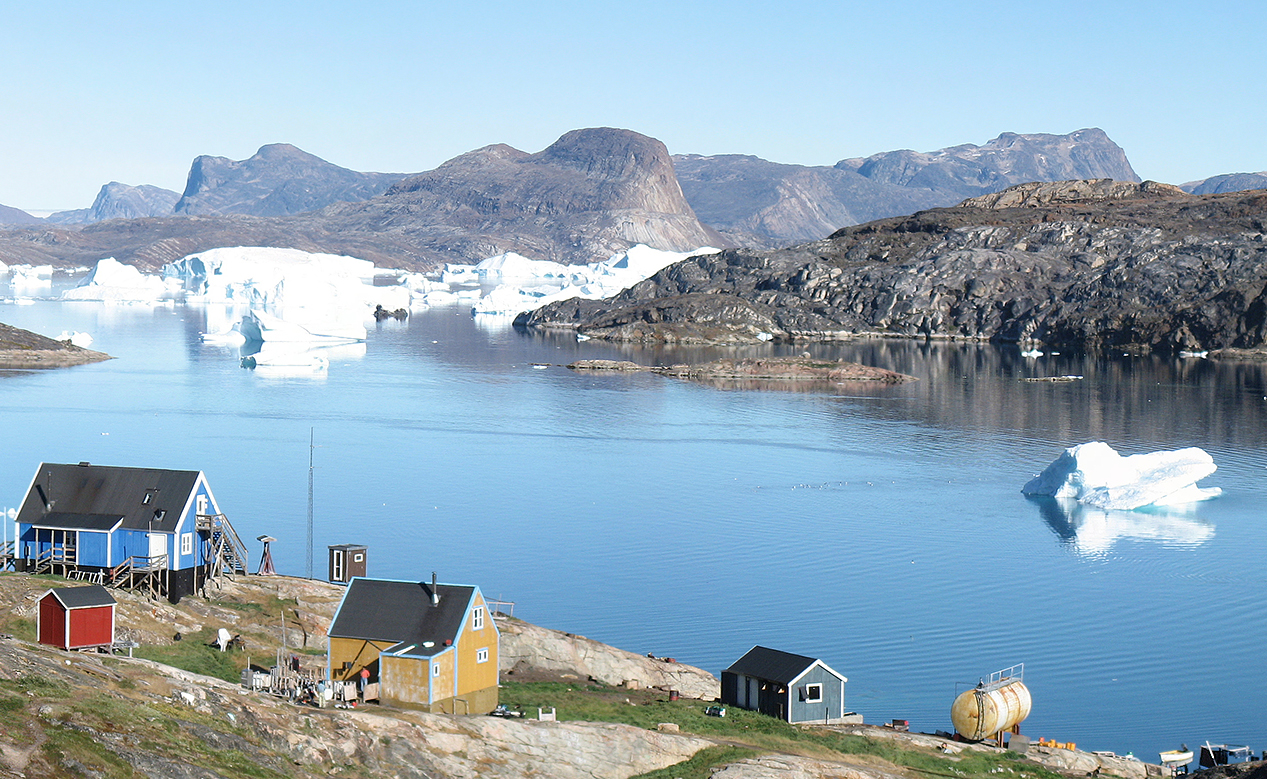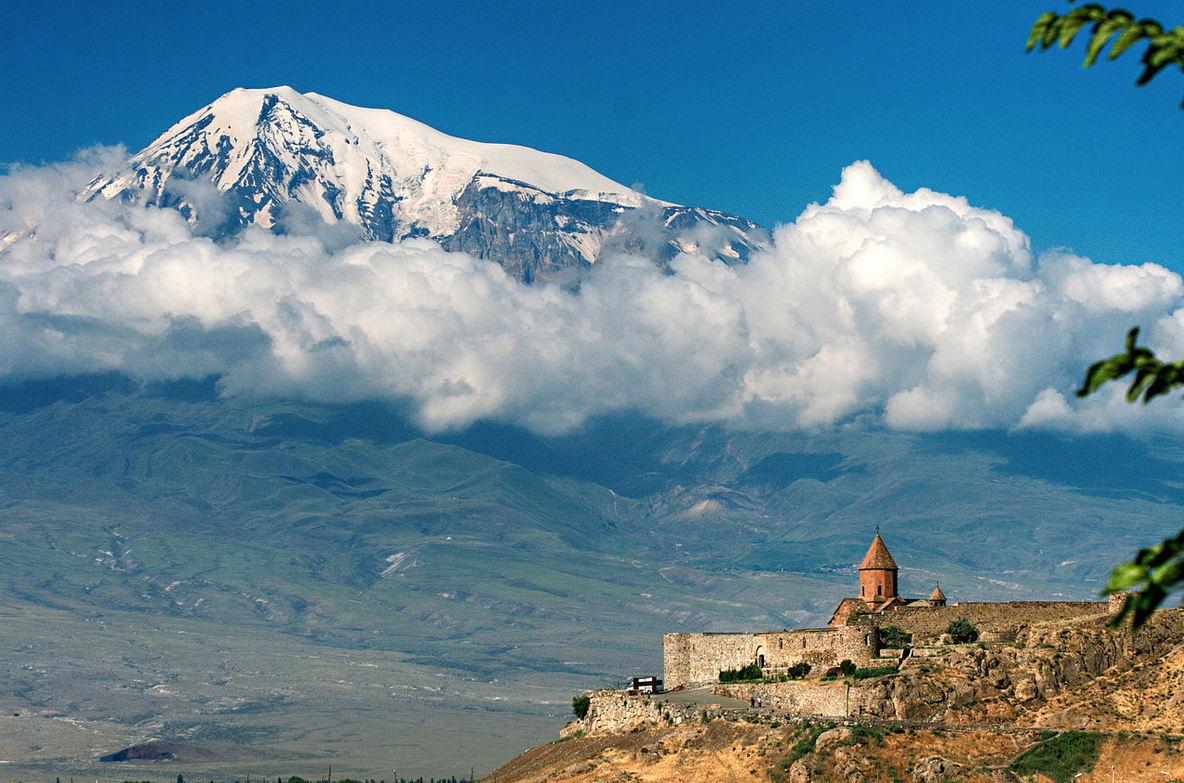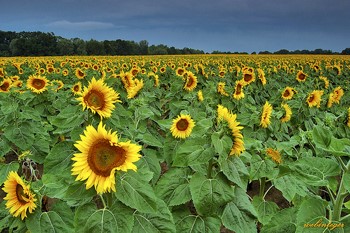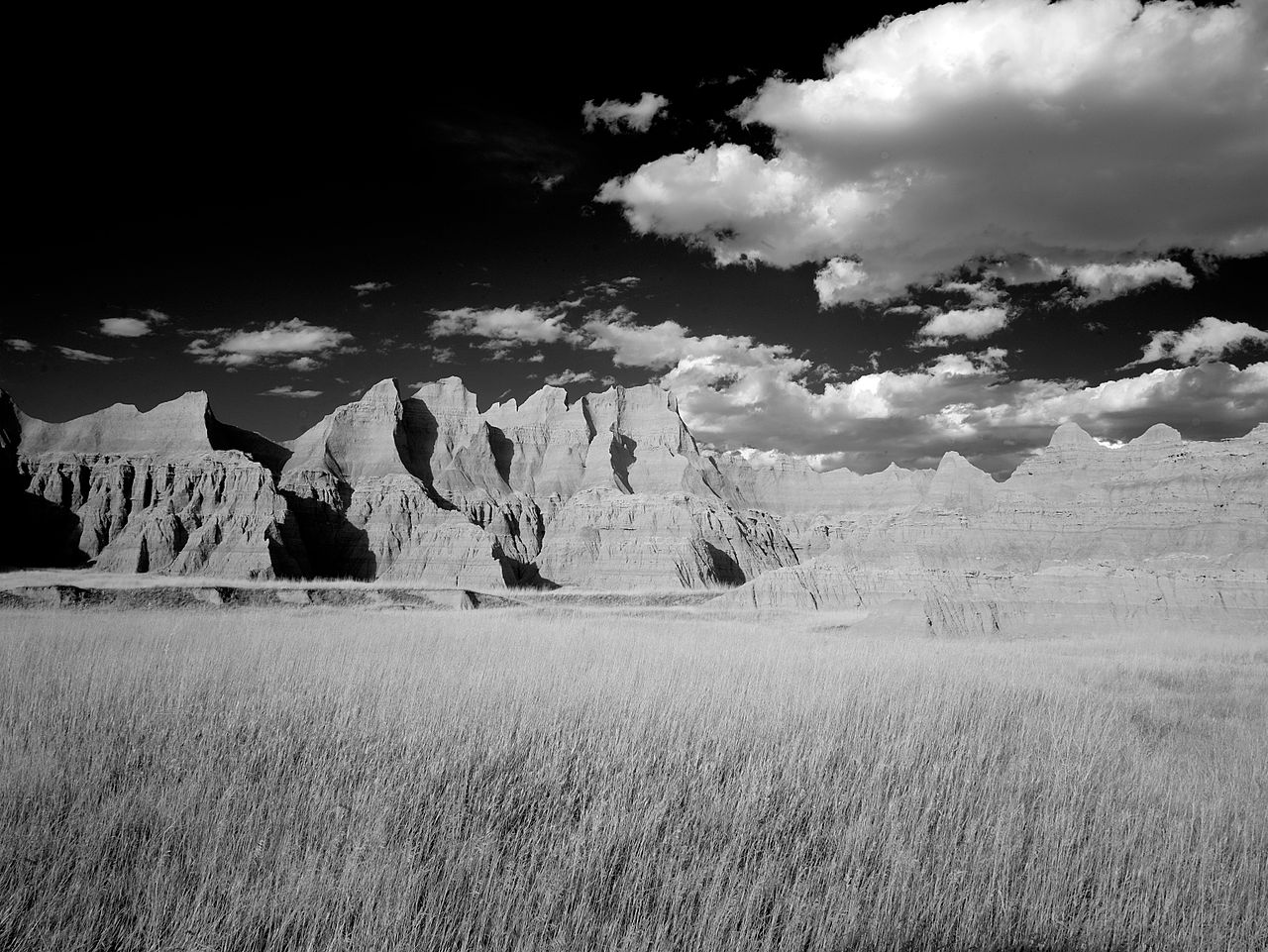Some of the most beautiful photographs are of natural landscapes, be it majestic geological formations, spectacular weather, or the age-old favorite of a remarkable sunset.
Almost anyone with a camera will be tempted to take a picture of nature at some point. However, merely snapping a picture of a natural landscape on a phone will not yield a beautiful photograph, even if the photographer perceives the landscape as beautiful. Taking a successful landscape photograph requires technical know-how and awareness of one’s surroundings. Here are some tips for taking landscape photographs.
Know Your Landscape Subject
Award-winning photographer Robert Caputo offers excellent advice on how to photograph different landscape subjects:
- Rivers or streams. Caputo offers two pieces of advice when flowing water will appear in the photograph. First, determine whether the river or stream will be the focal point of the photograph or complement other elements. Keep in mind that the eye will follow the line of the river or stream. Second, determine whether or not you want to include any reflections in the water. Take into account the role that reflections will play in a photograph’s composition.
- Forests. Some forests are dark and scary, whereas others are pleasant and inviting. Thus, the tone of a forest photograph will change accordingly. Caputo recommends finding any unusual feature in the forest and making that the subject.
- Wide open spaces. Caputo recommends conveying the scope of wide open spaces such as plains and prairies, because it can be difficult to find a point of interest. One strategy is to use a road to guide a viewer’s eye. For example, in the photograph below, the road provides compositional balance, dividing the picture into two symmetrical halves.
- Deserts. The key to taking a beautiful photograph of a desert landscape is to pay attention to the sun. Caputo points out that the color of the sand changes with the angle of the sun. Thus, if a desert is known for its red sand, you want to take a photograph when the sun’s angle brings out the sand’s redness. Another strategy is to photograph the waves of heat emanating from the surface or to wait until night and include a starry sky as part of the desert landscape. One advantage of a digital camera here is that you can check each photograph to ensure that sunlight has not overwhelmed the composition.
- Seacoasts. Coastal regions are as diverse as forest regions, so taking into account whether a seacoast is rocky and tempestuous or sandy and tranquil is key to a successful seacoast photograph. Caputo recommends including features that emphasize the nature of the seacoast, e.g., palm trees on a tropical seacoast.
- Mountains. Here, too, the nature of the geography is key. Are the mountains large and angular, or smaller and rounder? The strategy is to convey the essential nature of the mountains to the viewer.
While your choice of subject matter will be a huge factor in how you approach capturing it, there are some good rules of thumb that can be applied in almost any scenario and locale:
- Find a focal point. One goal of good photographic composition is to guide the viewer’s eye. A good way to do that is to find a point of interest that anchors the picture. For example, a single cactus in a desert landscape can be a focal point, as can a tree trunk or building.
- Keep in mind the foreground of a photograph. An empty foreground robs a picture of depth, but a full foreground adds depth to a picture. In the photograph below, the flowers in the foreground as well in the background give the picture depth and convey the immense size of the field.
- Try to find natural lines in the landscape. A basic element of composition is line, which guides a viewer’s eye. The above photograph uses the oblique lines of flowers to guide the eye over the field.
- Take into account the sky. Do you want the sky to be a major part of the photograph or do you want to emphasize the landscape at ground level? If the sky is particularly beautiful or contains unique cloud formations, you may want it to dominate the photograph. Or if you want to emphasize a field of flowers, you may want the sky to play a lesser role in the photograph.
Taking natural landscape photographs is challenging, but with a little forethought and eye for composition, it’s entirely possible to represent on film the beauty you see while out in the field.
